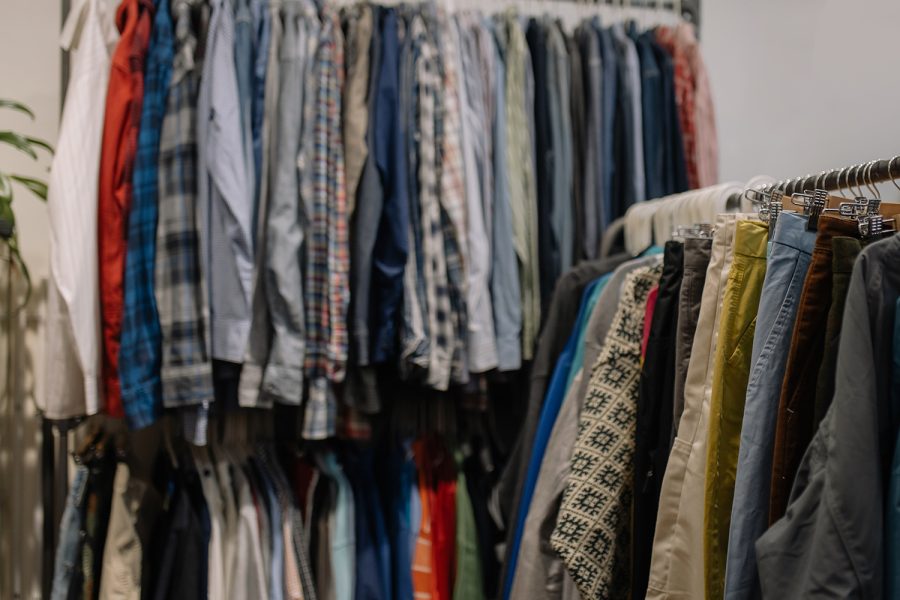cottonbro studio/Pexels/Free to use
From social media posts to news stories, younger generations appear to have taken an interest in environmental sustainability. One movement in particular, thrifting, has taken popularity among the youth. What was now seen as a symbol of poverty is now seen as a fashion statement.
Thrifting and its impacts on the environment
The younger generations unlike any other have proven to show more concern when it comes to the preservation of the environment. Social media posts, stories on the news, articles online, this is an age of awareness and its beginning to take root in today’s youth. Small, simplistic changes in everyday life are what gets the ball rolling, and teenagers are drawn to them.
Many trends have been promoted through social media that have had initiatives to benefit the environment. The push for eliminating plastic straws are a perfect example of this, and now thrifting.
The surge in thrifting is undeniable and whether the popularity has sprouted from its de-stigmatization through social media, environmentalism, or out of pure convenience. When it comes to thrifting ethics and personal motivations, there are upsides and downsides, but the method of shopping does remain the most sustainable.
What upsets people is thrifting is now considered fashionable and eco-friendly, given the fact that it was once considered to be a symbol of poverty. In terms of the fast fashion industry that has been emitting toxins into the environment since the 1980s, it is only a positive shift.
Fast fashion has mastered the combination of cheap costs, cheap quality, and constant new launches and it keeps the customers coming through a revolving door. Trendy clothing goes out of style quickly, and the textile waste from this either ends up in garbage dumps or second-hand stores. Thrifting prevents old clothes from reaching landfills, but helps reduce the demand for production of new clothes.
Other than piling the landfills higher, fast fashion also causes damage to aquatic life. Polyester, a synthetic resin-based fiber, is used in the majority of apparel today. This material does not decompose in the ocean and, if left there, will pollute and damage the ecosystems. Thrifting helps to reduce the amount of clothing waste that may end up in the ocean.
Another big consequence of the fashion industry is air pollution. Decreasing the amount of air pollution humans create is a big step in preventing any further climate change. The demand for manufacturing new clothes, shoes, accessories, etc. Is lessened when putting money back into the recycling of such items.
Being the best option for the environment, it might not be the best for accessibility and the lower class. The current popularity of thrifting has racked up the pricing at certain second-hand stores. It is important for all shoppers both at retail and thrift stores to be conscious of overconsumption.
